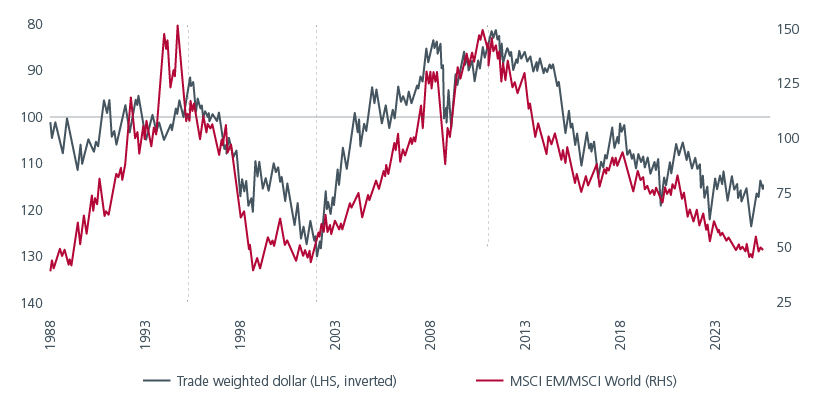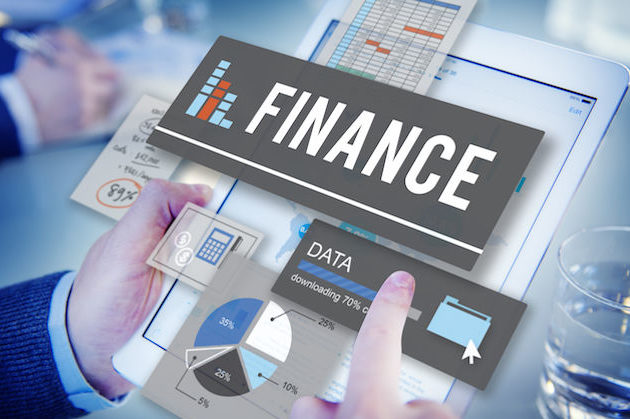
Introduction: The Untapped Frontier of Global Investing
In an era dominated by developed-market giants, emerging economies often fly under the radar — until they don’t. From Asia to Africa to Latin America, these regions are reshaping global trade, consumption, and innovation. For investors seeking diversification and long-term growth, emerging market indices represent an increasingly strategic opportunity.
On a Global trading platform, exposure to these indices has never been easier. Whether it’s the MSCI Emerging Markets Index, the FTSE Emerging Index, or regional composites like the Bovespa (Brazil), NIFTY 50 (India), and JSE All Share (South Africa), these benchmarks capture the dynamism of economies transitioning from developing to developed status — a transformation that fuels growth and volatility in equal measure.
What Defines an Emerging Market Index?
An emerging market index tracks the performance of companies listed in economies considered to be in the process of industrialization, digitalization, and financial maturation.
Key Features:
- Higher Growth Potential: GDP growth in emerging economies often outpaces that of developed regions.
- Demographic Advantage: Younger populations drive consumption and workforce expansion.
- Structural Reform Momentum: Policy liberalization, trade diversification, and infrastructure spending boost productivity.
However, these opportunities come with risks — currency volatility, political uncertainty, and varying regulatory standards. Understanding the balance of risk and reward is key to unlocking value.
Major Emerging Market Indices to Watch
1. MSCI Emerging Markets Index
This is the global benchmark for emerging market performance, covering over 1,300 stocks across 26 countries.
- Top Weightings: China, India, Taiwan, South Korea, and Brazil.
- Sector Exposure: Heavy in financials, technology, and consumer discretionary.
- Recent Trends: The growing influence of India and Southeast Asia as China’s dominance moderates.
2. FTSE Emerging Index
This index mirrors similar markets but with slightly different methodology and country classifications.
- Includes frontier markets like Vietnam and Egypt.
- Offers broader diversification for global investors.
3. Regional Indices
- NIFTY 50 (India): Driven by financials, IT, and consumer sectors.
- Bovespa (Brazil): Dominated by commodities and energy exporters.
- JSE All Share (South Africa): Reflects Africa’s most sophisticated economy.
- IDX Composite (Indonesia): A rising star in Southeast Asia, fueled by digital growth and resource exports.
These indices represent the geographic and industrial diversity of emerging markets — a crucial buffer against concentration risk.
Why Emerging Market Indices Are Attractive in 2025
1. Economic Resilience and Rebound
Many emerging economies have recovered faster post-pandemic than their developed counterparts.
- Flexible labor markets and lower debt levels support agility.
- Rising domestic consumption offsets slower global demand.
2. Commodity Supercycle Exposure
Resource-rich nations — from Brazil’s iron ore to Indonesia’s nickel — benefit from sustained demand for raw materials.
- The global energy transition has revived commodity demand, particularly for battery metals and clean-energy infrastructure.
3. Technology and Innovation Growth
Emerging markets are no longer just manufacturing hubs — they’re innovation engines.
- India’s fintech and digital payments ecosystem is expanding at record pace.
- Southeast Asia’s e-commerce markets are rivaling global giants in growth.
4. Demographic Tailwinds
Younger populations mean expanding workforces, growing consumer bases, and urbanization — the three pillars of long-term equity growth.
Risks That Cannot Be Ignored
1. Currency Volatility
Emerging market currencies are often vulnerable to U.S. dollar strength and interest rate shifts.
- Dollar rallies tend to pressure EM assets as capital flows out.
- Hedging FX risk becomes essential for global investors.
2. Political and Regulatory Uncertainty
Policy shifts, national elections, and inconsistent governance can impact investor confidence and valuations.
3. Liquidity Constraints
Compared to developed markets, EM trading volumes are lower, making execution timing more critical.
4. Geopolitical Dependence
Emerging economies remain exposed to global trade disruptions, sanctions, and regional conflicts — each capable of triggering capital flight.
Correlation and Diversification Benefits
Despite higher volatility, emerging market indices often display low correlation with developed market benchmarks like the S&P 500 or Euro Stoxx 50.
- This creates diversification benefits, reducing overall portfolio risk.
- During global equity corrections, some EM regions — particularly resource-driven ones — may perform better due to commodity exposure.
In a multi-asset portfolio, emerging market allocations can enhance both growth potential and diversification resilience.
Case Study: India and Southeast Asia’s Momentum
India and Southeast Asia are redefining what “emerging” means.
- India: Strong GDP growth (6%+), government reforms, and corporate deleveraging have fueled stock market highs.
- Indonesia & Vietnam: Rising manufacturing powerhouses benefiting from supply-chain diversification away from China.
These markets are not just catching up — they’re becoming alternative growth engines in the global economy, drawing institutional flows once reserved for China.
How to Invest in Emerging Market Indices
1. Exchange-Traded Funds (ETFs)
ETFs like iShares MSCI Emerging Markets (EEM) and Vanguard FTSE Emerging Markets (VWO) offer broad access with liquidity and low cost.
2. Regional Funds
Targeted exposure through India, Latin America, or Africa-specific ETFs or mutual funds.
3. Derivatives and CFDs
For tactical traders, index futures or contracts for difference (CFDs) enable leveraged exposure with hedging capabilities.
4. Multi-Asset Strategies
Combining EM indices with commodities, FX, and fixed income can balance risk and return.
Bancara’s Edge in Emerging Market Access
Bancara offers investors institutional-grade tools and insights to navigate these rapidly evolving markets.
Key Advantages Include:
- Multi-Asset Access: Trade indices, equities, FX, and commodities from emerging economies in a single account.
- Hedging Capabilities: Manage currency and geopolitical risks with CFDs and forwards.
- Real-Time Data: Access macroeconomic updates, volatility metrics, and cross-asset analytics.
- Strategic Diversification: Build portfolios that blend growth with stability across regions.
By leveraging Bancara’s infrastructure, investors can convert volatility into opportunity while managing exposure intelligently.
Looking Ahead: The Next Decade of Emerging Markets
The next growth wave in global finance will likely be powered by emerging economies.
- Africa’s digitalization, India’s consumption boom, and Southeast Asia’s industrial expansion form the next “growth corridor.”
- The shift toward renewable energy and sustainable infrastructure will further attract global capital to these regions.
- Institutional investors are gradually increasing EM allocations as developed market returns plateau.
Long-term, emerging market indices could redefine global equity leadership, narrowing the performance gap with Western benchmarks.
Conclusion: Discovering Growth Beyond Borders
Emerging market indices represent the frontier of global opportunity — dynamic, volatile, but deeply rewarding for those who understand their rhythm. As economies evolve and digital transformation accelerates, these markets will become central to global portfolio diversification.
Through Bancara’s Global trading platform, investors gain access to these high-growth frontiers with institutional precision — trading indices, commodities, and currencies that define the future of emerging economies.
Bancara – Europe Headquarters, Bancara – Middle East and North Africa Division — explore the Bancara location.









+ There are no comments
Add yours